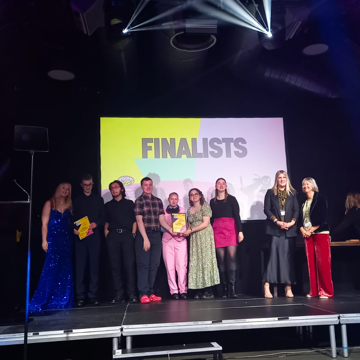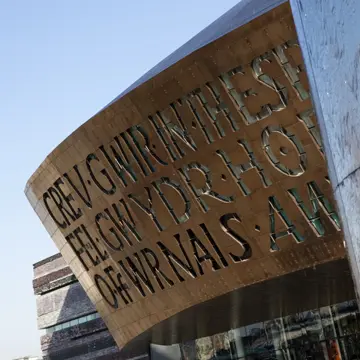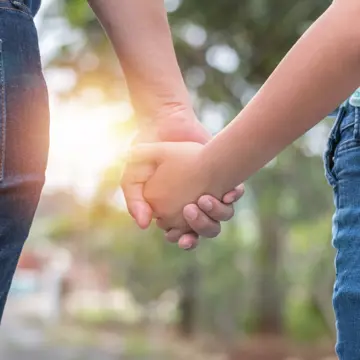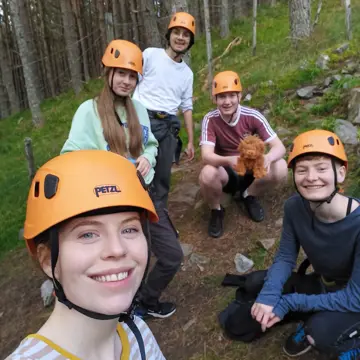Filter your search
Areas of interest
Sort by
Significant policy and practice change needed following Marcia Grant’s inquest
read
10 July 2025
News
The Fostering Network welcomes Scottish Government’s new Bill to introduce a register for foster carers
read
19 June 2025
News
Young People's Advisory Board attend Young Scot Awards 2025
read

18 June 2025
News
Bil Pob Plentyn: A landmark proposal to transform children’s rights in Wales
read

17 June 2025
News
Tamzin Covell
Scottish Children's Minister writes to foster carers for Foster Care Fortnight
read
21 May 2025
News
Crisis in foster care continues as new figures show major shortfall in carers
read

13 May 2025
News
Jasmine Rapson
The Fostering Network’s Young People’s Advisory Board Scotland selected as finalist for the 2025 Young Scot Award
Our Young People’s Advisory Board Scotland is a 2025 Young Scot Award finalist for championing equality, diversity, and positive change in care.
read

24 April 2025
News
Andy Burton
Welsh NMA uplift falls short of what foster carers need
read
17 April 2025
News
Our letter to the Scottish Children's Minister
read
11 April 2025
News
Law passes to end profit in children’s social care in Wales
read
27 March 2025
News